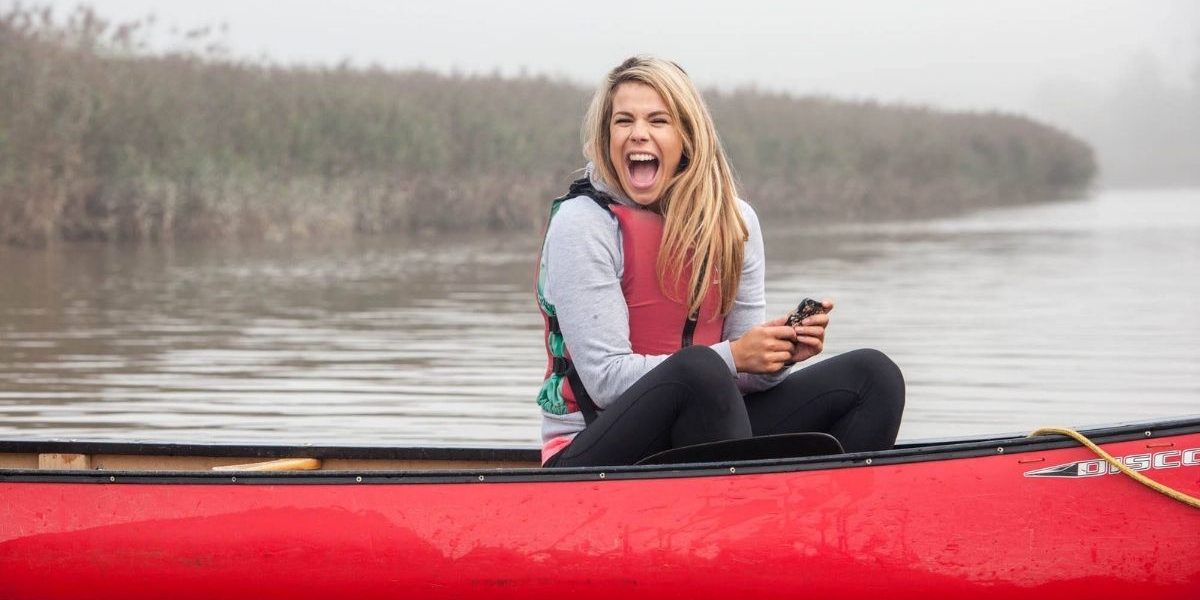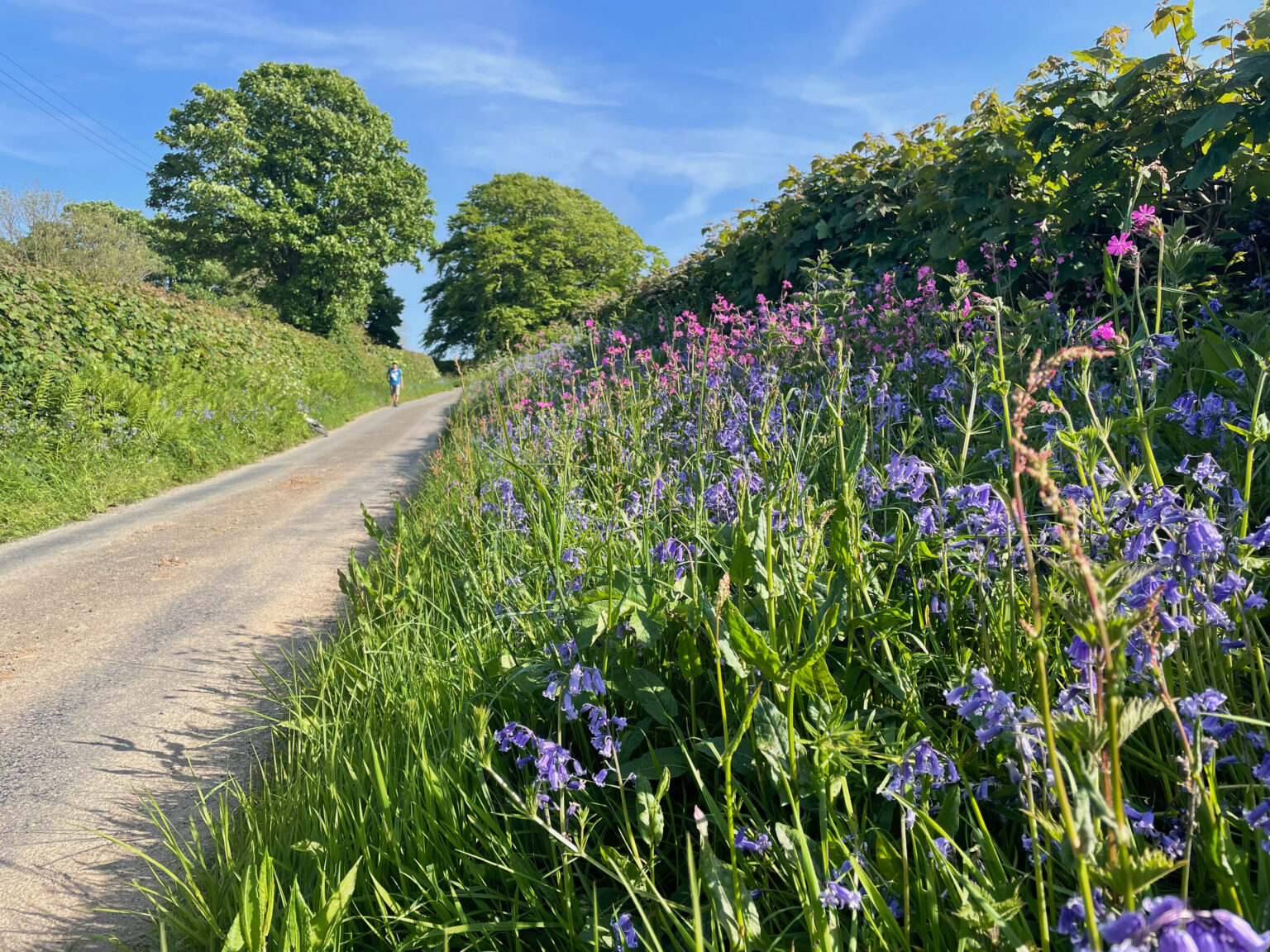by Sarah Bartlett, Tamar Marketing
In this article, we take a look at the three rivers that make up the Tamar Valley: the Tamar, Tavy and Lynher. Once industrial and agricultural highways, today, these rivers provide a haven for wildlife. They also set the scene for a great deal of fun both on and beside the water. So, keep reading and plan your next adventure.
The Majestic Tamar
Rising near the north Cornwall coast the river Tamar flows south towards the English Channel, forming a natural border between Devon and Cornwall along most of its length. It twists and turns in great loops and bends for nearly 60 miles from source to sea, flowing past lush pastureland, through steep wooded valleys, past villages and beneath majestic bridges along the way. Together with its tributaries the Tavy, and the Lynher, it defines the landscape and has shaped its fascinating industrial and agricultural heritage throughout the centuries.
From the town of Launceston, the Tamar flows through a landscape that is designated as an Area of Outstanding Natural Beauty Its banks are lined by ancient woodland, providing an important habitat for birds, butterflies and even some rare plants. As the river nears the sea, its tidal mudflats are classified as a European Special area of conservation, a Site of Special Scientific Interest and provide important habitat for migratory wading birds such as avocets, black-tailed godwits, whimbrels and green sandpipers. What’s more, the Tamar is one of the best salmon and sea trout rivers in England.
An Industrial Highway of Old
Although idyllic and tranquil today, the Tamar was once a bustling, industrial river. Copper was mined in the area and then shipped from busy ports like Morwellham Quay and Calstock to Plymouth and beyond. Although Morwellham Quay was already 24 miles from the sea and able to accommodate vessels of 300 tons, eighteenth-century entrepreneurs tried to extend navigation inland for a further 30 miles. Although the project never got farther than Gunnislake, it did allow barges carrying coal and fertiliser to reach as far as the New Bridge at Gunnislake. Later, when the valley grew as a centre for market gardening, the river was used to transport produce to quays at Devonport before loading onto the main rail line to London.

There are actually quite a few bridges across the Tamar, but most of them are smaller bridges over the upper Tamar. Bridges on the lower half of the river include Isambard Kingdom Brunel’s famous Royal Albert Bridge at Saltash and the 1962 Tamar road Bridge alongside it. Further upriver, you will find the beautiful arches of the Calstock viaduct and then a series of mediaeval stone bridges at Gunnislake, Horse Bridge and Greyston Bridge.

A Natural Playground
Today, its banks provide a place to paddle and children to play. Its deep, dark waters are the perfect place to swim or kayak, and it’s quieter, more remote reaches – a haven for wildlife. The riverscape lends itself to some wonderful walks too. The Tamar Valley is threaded with footpaths, many of which follow the banks of the majestic Tamar. Choose sections of The Discovery Trail or climb the heights of Hingston Down from Gunnislake train station for spectacular views of the riverscape, and Plymouth Sound in the distance.
Cotehele Estate is a National Trust property nestled against the banks of the Tamar south of Gunnislake. It offers extensive gardens, orchards, a quay and a working watermill. The garden and Estate walks are open year-round, and dogs are welcome on the extensive estate and at the mill. If you like the idea of exploring the Valley from the water, then Canoe Tamar provide daily trips from Cotehele quay throughout the summer.
Here and there, you’ll happen upon a quiet stretch that slopes gently to deeper water from the shore. A morning swim in the cool, dark water, sunlight filtering through the canopy high above is a truly life-affirming experience. Or, if you find a sunny spot further up-river, you can enjoy a wonderful family picnic where children can paddle, splash and skim stones.
The River Tamar offers superb salmon fishing, with many beats ideal for fly fishing. The Salmon fishing season runs from March 1st to October 14th.
If you’re visiting the area with your own boat, paddleboard, or kayak, Weir Quay on the Bere Peninsula offers a public slipway. A little further along the shore, you’ll find Weir Quay Boatyard offering mooring for all kinds of yachts and boats. A visit to the cafe there comes highly recommended.
The Magical Tavy
Rising high on Dartmoor near Devil’s Tor, the ancient river Tavy drains the western part of Dartmoor. Then it rushes down past the villages of Mary Tavy and Peter Tavy, eventually reaching the town of Tavistock where it feeds a canal to Morwellham. Legend has it the monks of Tavistock Abbey created the very first version of the Cream Tea. Whether true or not, there are lots of places in the town to indulge in this local, delicious treat. Perhaps after a gentle wander through the Meadows and along the canal?

Then, head to Lopwell dam for a spectacular place to swim, paddleboard and kayak. Lopwell Dam is a Site of Special Scientific Interest and a local Nature Reserve too. There’s always a wealth of wildlife on view. You’ll encounter Canada geese, swans, ducks, egrets and a host of gulls. You might even catch sight of a seal or two.
South of Tavistock, the river winds its way through mixed woodland and farmland separating the Bere Peninsula from the rest of Devon. It meets the Tamar in a stretch of water known as the Hamoaze where it quickly opens up into a tidal estuary before passing underneath the Tavy Bridge carrying the Tamar Valley Line from Plymouth to Gunnislake.
Adventures on the Lynher
The Lynher rises on Bodmin Moor before flowing southeast to meet the Tamar and Tavy at the Hamoaze. On the way, the river skirts the eastern edge of Bodmin for much of its upper length. Then it flows through quiet woodlands for most of its lower course.
The A390 crosses the river at Newbridge, near to a Site of Special Scientific Interest known as Park Wood, and the Iron Age Cadsonbury hill fort. If you fancy a truly wild glamping experience in quiet woodland adjacent to the river, then Greenwood Music’s ancient oak woodland site will really tickle your fancy.
Once again, the Lynher is perfectly suited to gentle river cruises, and the Lynher River Barge is a classic 1896 barge offering an authentic taste of life under sail.
Whatever you decide to do when you visit the Tamar Valley, don’t forget to pack your swimmers. And your wetsuit if you have one. Wellies won’t go amiss, and plenty of fluffy towels will come in handy. Bring your paddleboard, or load the kayak onto the roof rack. Above all, come ready to immerse yourself (pun intended) into the wonderful watery world of the Tamar Valley. No matter the time of year.






